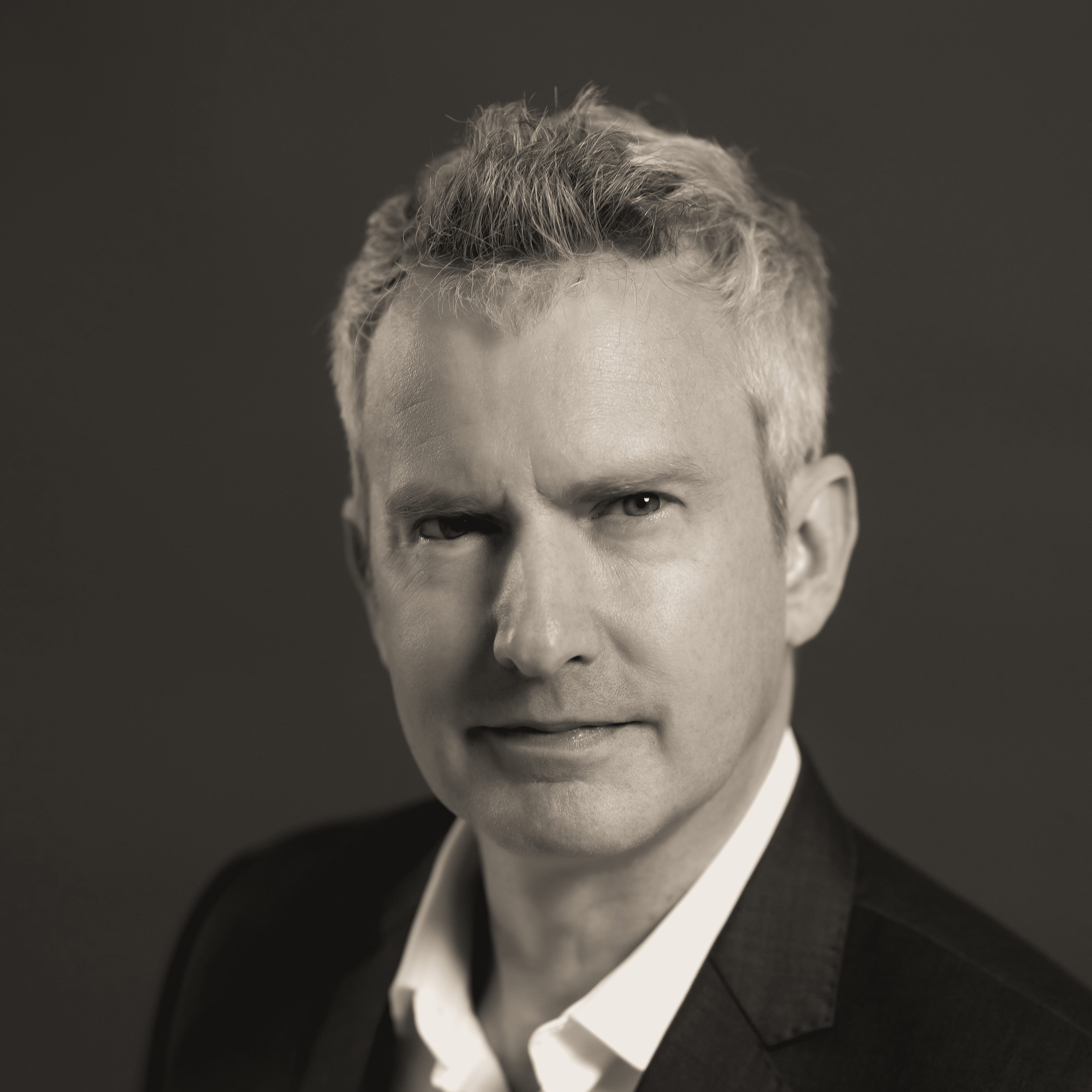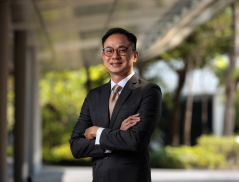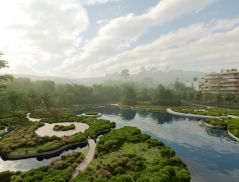
Two decades ago, Prime Minister Lee Hsien Loong painted a vivid architectural picture of Singapore as a nation perpetually under construction (Lee, 2003). This vision of continuous nation-building encapsulated 50 years where the island city-state was synonymous with rapid development and ongoing urban transformation. Today, amidst our climate catastrophe, as Lawrence Wong takes the helm as Singapore's fourth Prime Minister, we stand on the possibility of a new chapter in Singapore's transformational history. The transition from the 20th century ethos of nation-building, as described by Lee, to national reuse represents a necessary and urgent shift in our collective imagination and approach to architecture, sustainability, and climate health in Singapore.
The first fifty years of Singapore's independence were characterised by a developmentalist fervour that transformed the city into a model of urban modernity. Concrete, steel, glass, and fossil fuels were the engines of this transformation. From the towers of glass and aluminium powered by air conditioning in the CBD, to the massive developments of concrete in HDB flats, and the petrochemical refineries of Jurong Island, all stand as monuments to industrial ambition in an age of industrialisation, manufacturing, and fossil fuels, or as the Founding Prime Minister Lee Kwan Yew claimed, "from 3rd world to 1st world in a single generation" (Lee, 1998).
Yet, this vision which has made Singapore, and influenced large urbanised areas of Southeast Asia, comes at a significant environmental cost. The building sector is a major contributor to global CO2 emissions, accounting for 39% of the total. Of these emissions, 28% stem from the operational carbon required to run buildings, while 11% comes from the carbon expended in their construction (UNEP, 2020). Though great strides have been made in operational carbon reduction, new construction remains an intractable carbon discharge each time a building is built. Each new building can be likened to a bomb of CO2 exploding into our atmosphere. Moreover, when an existing building is demolished, two bombs of CO2 explode (Crippa et al., 2021). If one imagines all the demolition and new building occurring across the globe as explosions, the violence on our planet becomes visible — a silent discharge massively accelerating climate change and planetary collapse.
As we face the carbon-induced consequences of all this construction on our globe, it becomes clear that the path forward must diverge from the one we have tread. Instead of demolishing and building anew, adaptive reuse can be a fundamental approach to minimise our impact on the planet. In Singapore, a shift from Nation Building to National Reuse is necessary for the 21st century. The concept of national reuse is not merely a shift in policy but a fundamental rethinking of how we value and utilise our carbon heritage. By repurposing existing structures, we can harness the embedded carbon investments of previous generations and mitigate the environmental impact of new construction today. National Reuse is a careful custodianship of the tremendous carbon investments from generations earlier, and by adaptively reusing them, we extend those investments into a low-carbon future (Wilkinson et al., 2014).
Singapore's journey from a city in constant construction to a leader in national reuse will require a shift in mindset. It demands a new generation of architects and planners who are adept at working with existing structures, viewing them not as expendable carbon-laden excess, but as embodied carbon foundations for the future. This begins at school, where all design studios should start with adaptive reuse, celebrating our carbon inheritance as a means for impactful design (Bullen & Love, 2011). It also requires a cultural shift where new is no longer celebrated, rather the renewed is an image of prudent use of resources and an image of advanced sustainability. Design journals such as this one can be part of this important shift in architecture and design ethics toward reuse.
In embracing the principles of national reuse, Singapore can lead the way in reimagining how cities can evolve in the face of climate change. Adaptive reuse should become the primary engine of all architectural development, serving as a testament to our commitment to building a sustainable future. The future of Singapore lies not in the continued nation building through new architecture, but in the careful and creative reworking of what we already have. This vision of national reuse is not just a path forward for Singapore but a blueprint for cities around the world facing the twin challenges of urbanisation and climate change. It is time to turn our attention from the iconic to the sustainable, from the new to the renewed, and to build a future that honours the carbon legacy of our past.
References:
Bullen, P. A., & Love, P. E. (2011). Adaptive reuse of heritage buildings. Structural Survey, 29(5), 411-421.
Crippa, M., Guizzardi, D., Muntean, M., Schaaf, E., Solazzo, E., Monforti-Ferrario, F., ... & Vignati, E. (2021). Fossil CO2 emissions of all world countries-2021 report. Publications Office of the European Union.
Lee, H. L. (2003). National Day Rally Speech. Retrieved from https://www.nas.gov.sg/archivesonline/data/pdfdoc/20030824990.pdf
Lee, K. Y. (1998). The Singapore Story: Memoirs of Lee Kuan Yew. Singapore Press Holdings.
UNEP. (2020). 2020 Global Status Report for Buildings and Construction: Towards a Zero-emission, Efficient and Resilient Buildings and Construction Sector. United Nations Environment Programme.
Wilkinson, S. J., Remøy, H., & Langston, C. (Eds.). (2014). Sustainable building adaptation: innovations in decision-making. John Wiley & Sons.
Erik G. L'Heureux (PhD) FAIA is an award-winning American architect and academic leader based in Singapore. He specialises in designing for the dense equatorial city through his creative design practice, with expertise in adaptive reuse. Erik serves as a Dean's Chair Associate Professor at the National University of Singapore, where he teaches the next generation of architects to be committed to decarbonisation and planet-positive design action to meet the challenges of a warming world.


 Share
Share









